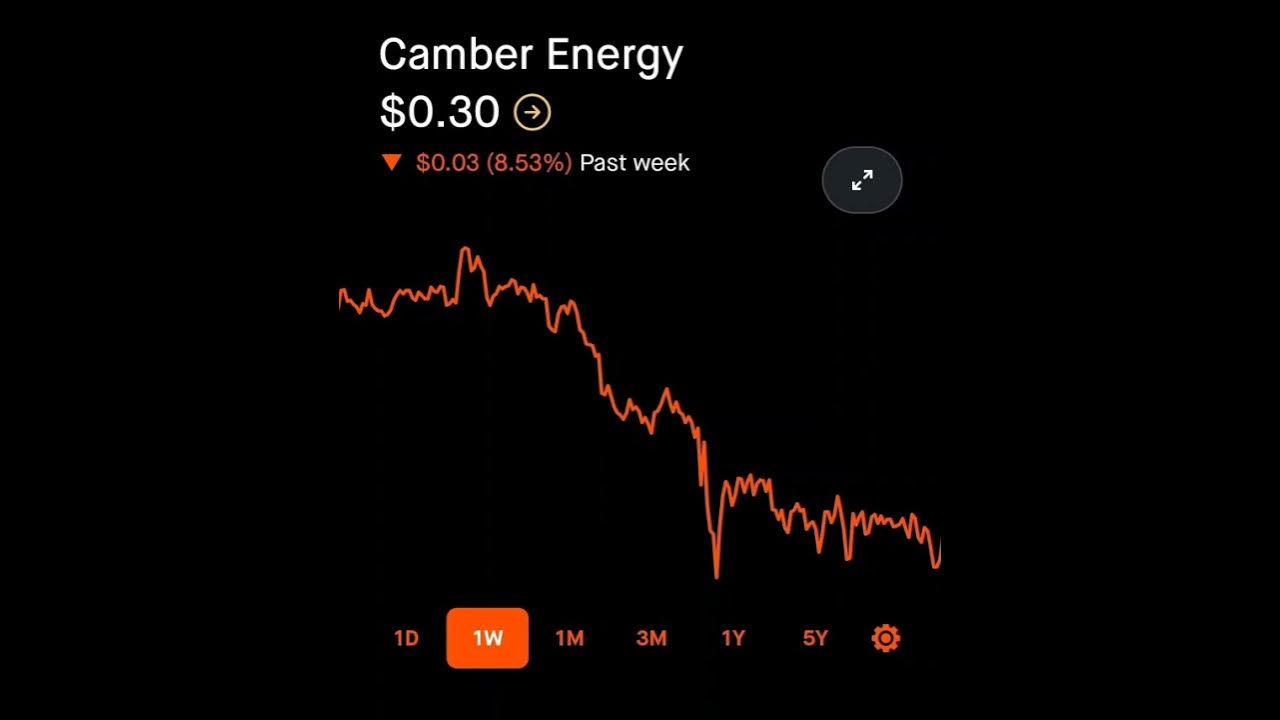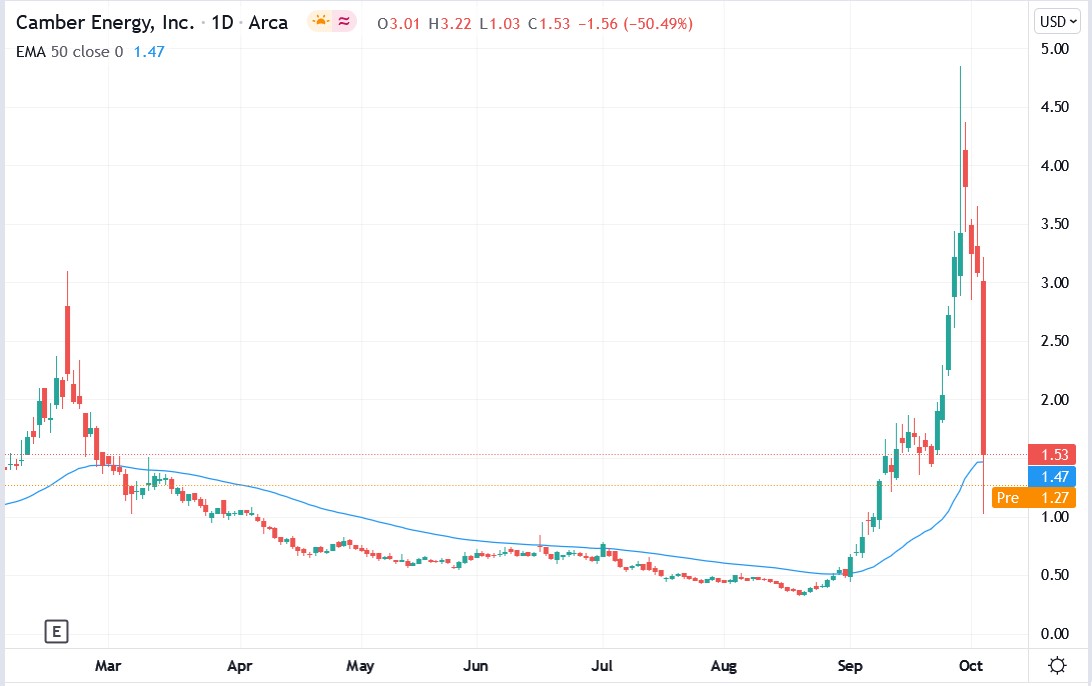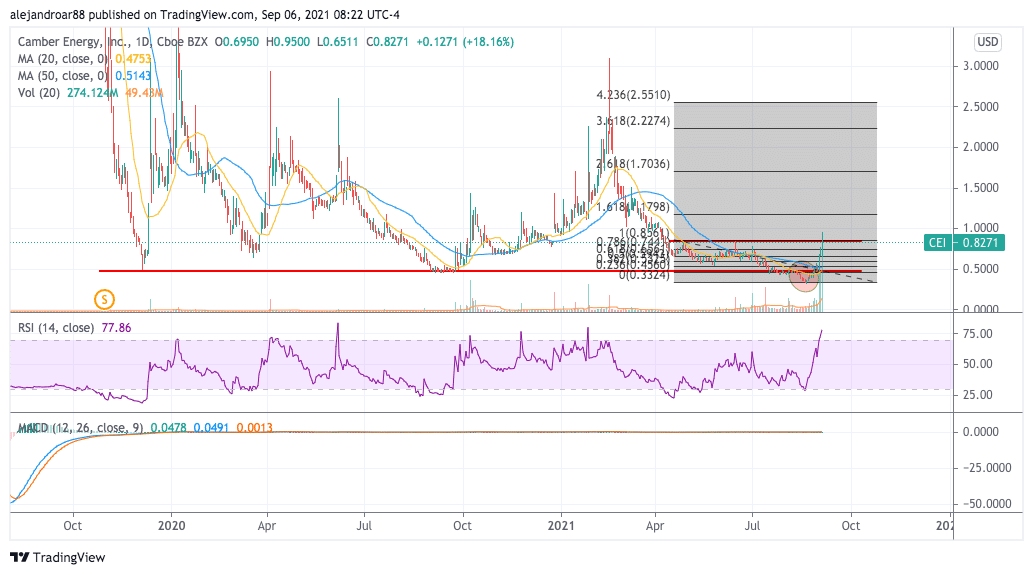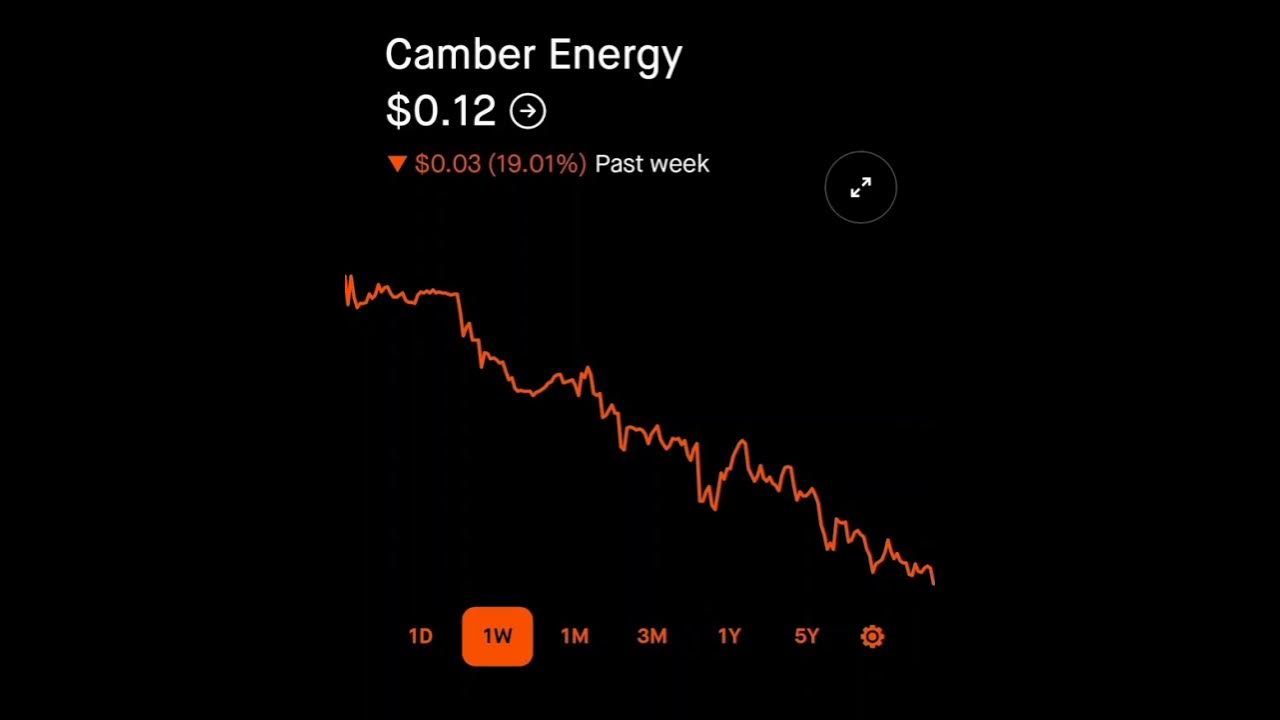Why Did Camber Energy Stock Drop

The rollercoaster ride of Camber Energy (CEI) stock has left many investors reeling. A once-promising energy company, its shares have plummeted, leaving shareholders searching for answers amidst a swirl of speculation and uncertainty. What triggered this dramatic downturn, and what does the future hold for Camber Energy?
This article delves into the complex factors contributing to the significant drop in Camber Energy's stock price. We will analyze financial reports, examine market trends, and explore the controversies that have plagued the company, providing a comprehensive understanding of the current situation and its potential implications.
Understanding Camber Energy's Business
Camber Energy, Inc. is an independent oil and natural gas company engaged in the acquisition, development, and sale of crude oil, natural gas, and natural gas liquids. The company’s operations are primarily focused in the United States.
Its market capitalization has fluctuated wildly, reflecting the volatility surrounding its stock. The company's financial performance, including revenue generation and profitability, has been a constant source of scrutiny.
The Triggering Events: A Cascade of Concerns
Several key events contributed to the decline in Camber Energy's stock value. Among the most significant was a scathing report issued by Kerrisdale Capital.
The short-selling firm alleged that Camber Energy was a fundamentally flawed company with questionable accounting practices and an unsustainable business model. This report sent shockwaves through the market, causing investors to rapidly sell off their shares.
Kerrisdale's report alleged that Camber’s acquisition of Viking Energy was riddled with conflicts of interest. The report called into question the true value of Viking's assets.
Financial Performance and SEC Filings
Adding to the concerns raised by Kerrisdale Capital was the company’s delayed and sometimes inconsistent SEC filings. These delays raised red flags among investors and analysts.
A lack of timely financial information made it difficult for investors to accurately assess the company’s financial health. This lack of transparency undermined confidence in Camber Energy's management and future prospects.
The company's financial statements themselves have shown a history of net losses and significant debt. These issues have further fueled the downward pressure on the stock price.
The Impact of Social Media and Investor Sentiment
Social media platforms played a significant role in amplifying both positive and negative sentiment towards Camber Energy. Online forums and social media groups became breeding grounds for speculation and rumor.
The influx of retail investors, driven by the meme stock phenomenon, contributed to the stock's initial surge. However, this same dynamic made the stock highly susceptible to sudden and dramatic declines when negative information surfaced.
Investor sentiment quickly soured as concerns about the company's financial stability and operational practices mounted. This ultimately accelerated the sell-off.
The Role of Regulatory Scrutiny
Increased regulatory scrutiny from the Securities and Exchange Commission (SEC) has also weighed on Camber Energy. Inquiries related to the company’s filings and operations further heightened investor anxiety.
The possibility of regulatory action, including potential fines or other penalties, created additional uncertainty. This added to the negative sentiment surrounding the stock.
The SEC's focus on special purpose acquisition companies (SPACs), a structure previously associated with Viking Energy, added another layer of concern.
Viking Energy and Carbon Capture Technology
Viking Energy's focus on carbon capture technology was initially seen as a positive catalyst for Camber Energy. Investors were attracted to the potential for sustainable energy solutions.
However, the viability and commercial potential of Viking's technology remained largely unproven. Doubts emerged about the company's ability to successfully implement and scale its carbon capture initiatives.
The lack of concrete results and the perceived over-hyping of the technology contributed to the erosion of investor confidence.
Management's Response and Future Outlook
Camber Energy's management has attempted to address the concerns raised by investors and analysts. They have emphasized their commitment to transparency and improving financial performance.
However, the effectiveness of these efforts remains to be seen. The company faces significant challenges in restoring investor confidence and demonstrating long-term sustainability.
The future of Camber Energy hinges on its ability to execute its business plan, secure funding, and deliver tangible results. It will need to convincingly address the concerns about its financial stability and operational practices.
It is important to note that investing in volatile stocks like Camber Energy carries significant risk. Investors should conduct thorough research and seek professional advice before making any investment decisions.
Disclaimer: This article is for informational purposes only and does not constitute financial advice.


















